Time for a Holiday! - we usually chose a different location to visit each year, in order to explore both the different places, and the different wildlife they contain. We often book a full week away so we can explore the area properly, but money is tight this year so, we've made do with a mid-week break: 2 nights down in the Wyre Forest. It might only be for a few days, but we aim to see as much as possible...

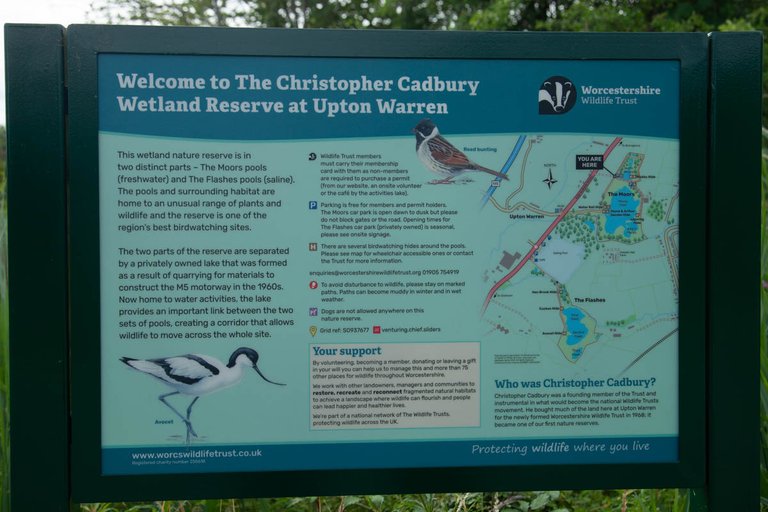
Day 2 - Upton Warren
Following on from the 1st Day of our Holiday, the plan for the 2nd day was Bird watching at a small Worcestershire Wildlife Trust Reserve at Upton Marshes. The website advertises it as the premier site for birdwatching in Worcestershire, with plenty of birds to see all year round apparently.
The reserve is a wetland habitat surrounded by Reed beds and Hedgerows, so could potentially attract various different species.
In my experience, these places are often quite hit-and-miss, dependent on what actually shows up on the day (so there is an element of luck in it)
Well, we are here all day, so we have time on our side, and we both have our big zoom lenses ready for action (the brilliant Sigma 150-600 C if you wanted to know)... lets see if luck is on our side!
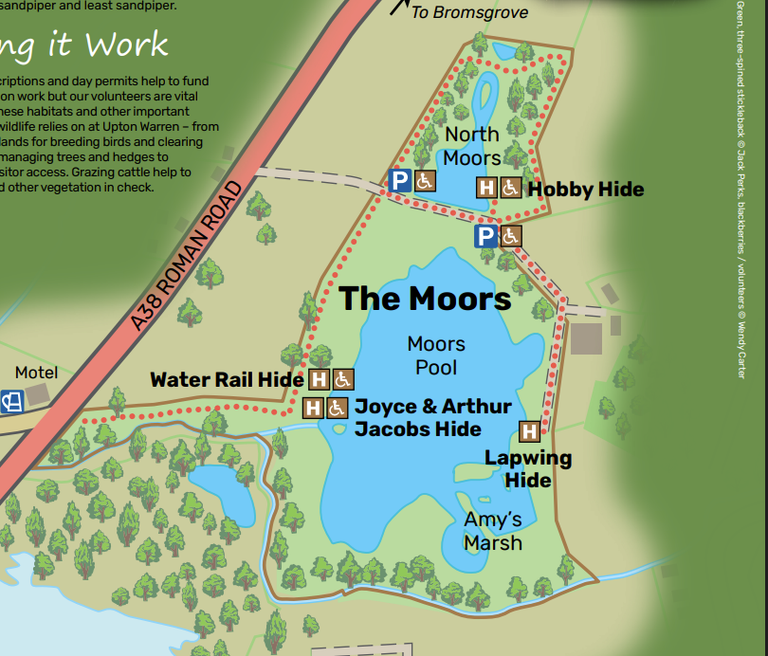
Part 1 - The Moors
The reserve is split into 2 halves... The Moors and The Flashes
We flipped a coin, and picked The Moors first...
Considering yesterdays trek through the undergrowth, today promised to be a much easier day, in terms of walking. The Pools of water are quire small comparatively speaking, and have a selection of bird hides dotted around the edges. The plan was to basically sit in each one in turn for 30-40 minutes, and see what we could find
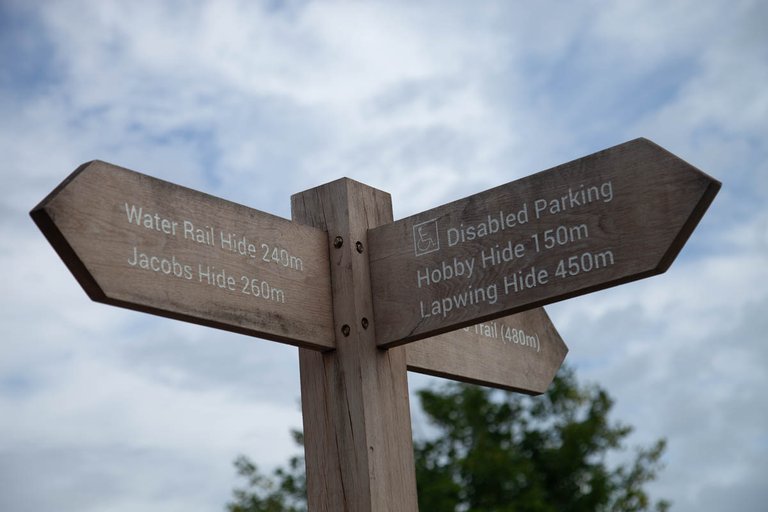
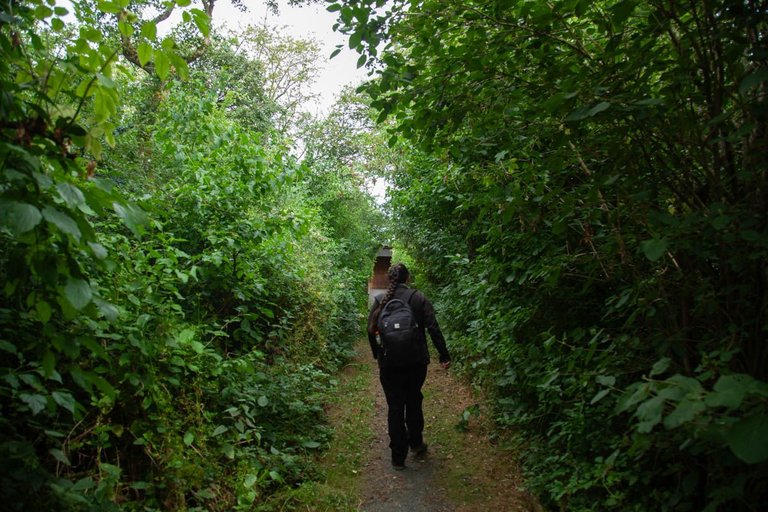
First up was the Hobby Hide
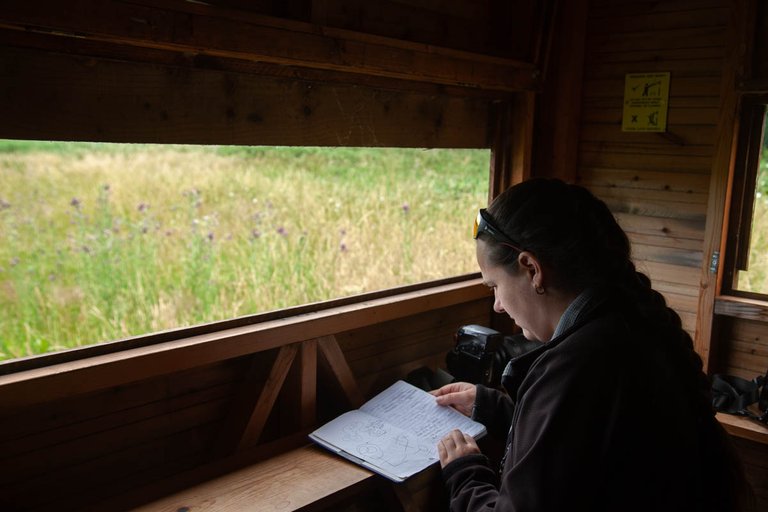
The Hide overlooked a small patch of water, and on the left hand was some Hedgerow/woodland scrub. In the hedgerow bit, was a bird feeder, and someone had helpfully filled up the bird feeders this morning, so I could tick of the 1st sighting of the day:
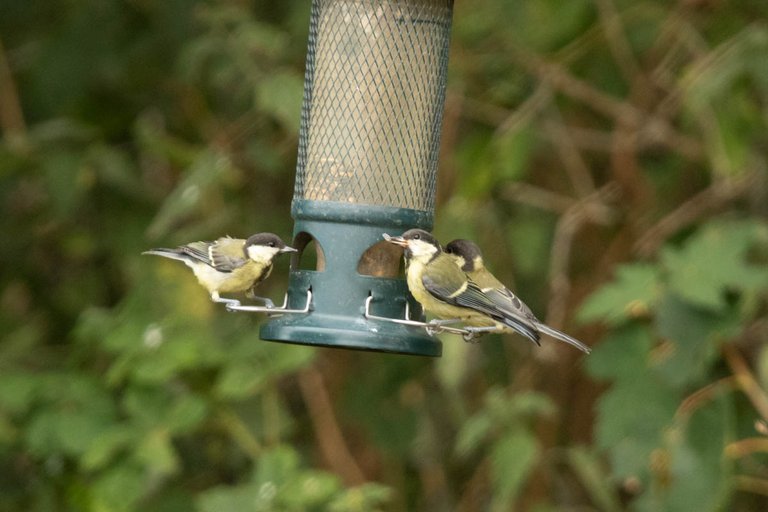
3x juvenile Great Tits - Parus major

quickly followed by a male Reed Bunting - Emberiza schoeniclus
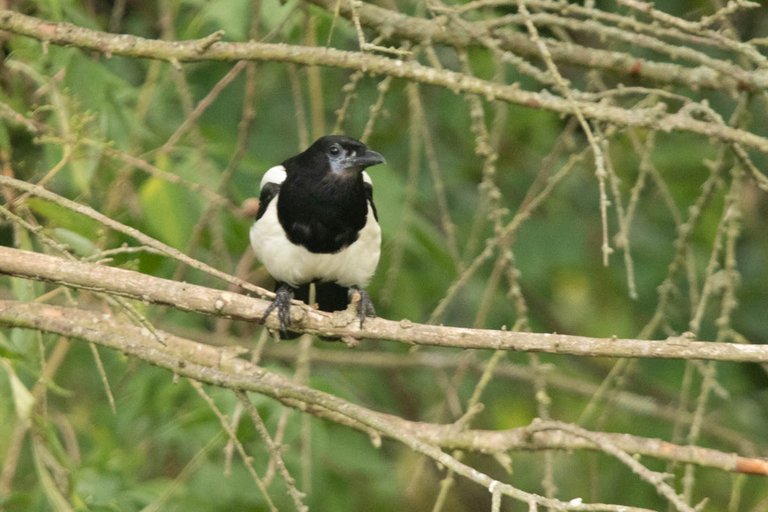
and then up in the Hedge, looking down on the bird feeders was this inquisitive Magpie - Pica pica
All the activity appeared to near these feeders, the patch of water in the other direction looked quite empty, although to be fair our viewpoint didn't help. There were lots of reeds in front of us, probably hiding some more interesting birds. In the Reeds themselves were some Reed Warblers (Acrocephalus scirpaceus) but they were to quick for me to photograph
Definitely out of practice haha!
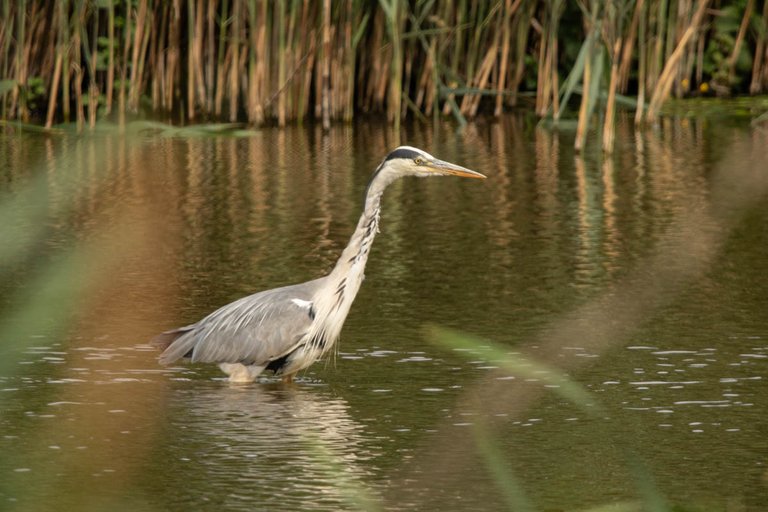
Grey Heron - Ardea cinerea
After 30 minutes sat here, and only the Heron seen on the water, we took the hint and moved to the next hide
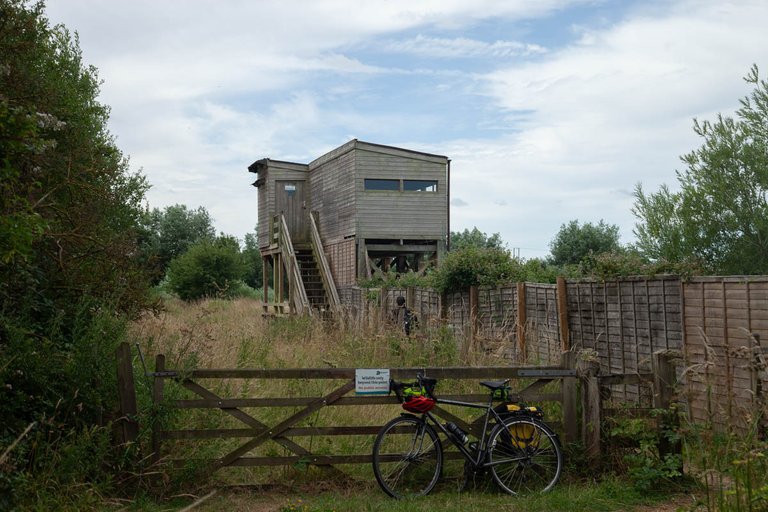
Next up: Lapwing Hide
It was actually raised up, which was great as we got a fantastic view over the water:
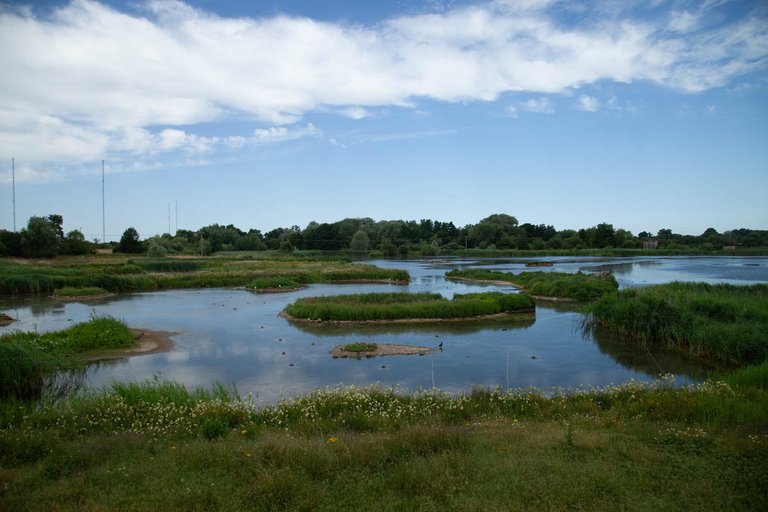
You can't really tell from this shot, but there was a lot more to see at this hide... aside from the various Ducks (Mallards if I recall correctly), Coots and Moorhens, there were also some more interesting birds
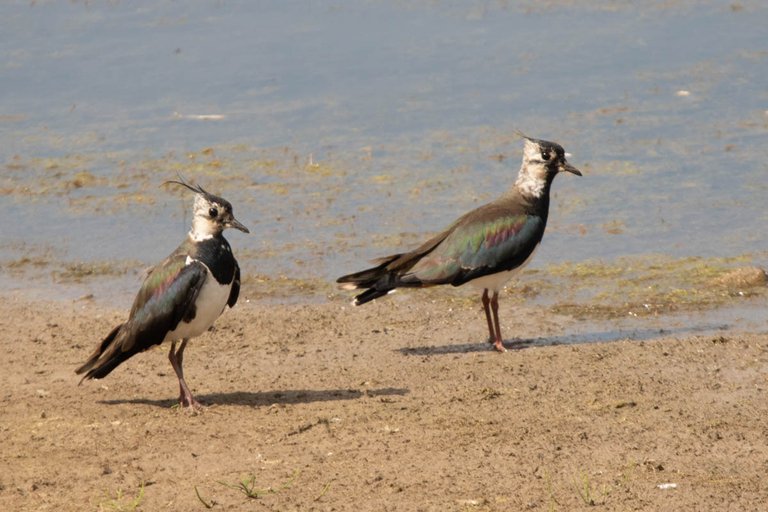
Lapwing - Vanellus vanellus
These are smart little birds, with a beautiful iridescent sheen. These two kept bickering and pecking at each other like an old married couple... no idea if it was territory related, or if they were just a little grumpy in the hot, humid weather lol
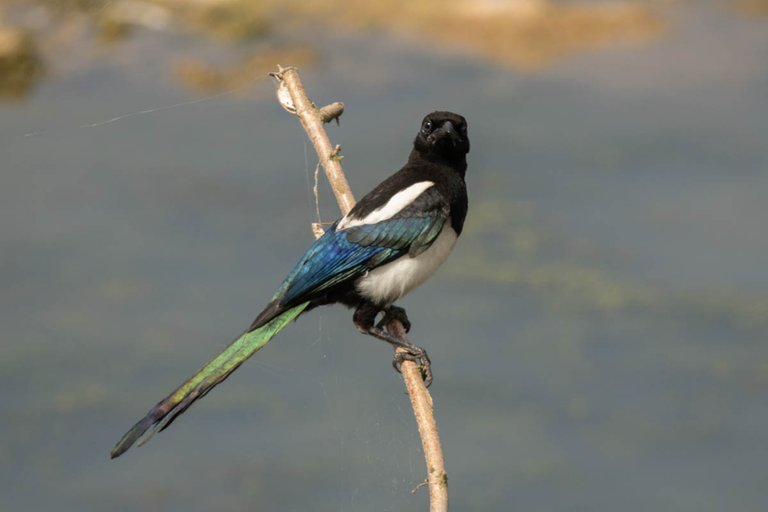
Magpie - Pica pica
Another smart bird is the Magpie. If you asked the average person to describe what a Magpie looks like, they would say Black and White. People often forget there is often a flash of blue for some iridescent feathers, but one the light catches the feathers at the right angle, you can be dazzled for the Blues and Greens on show
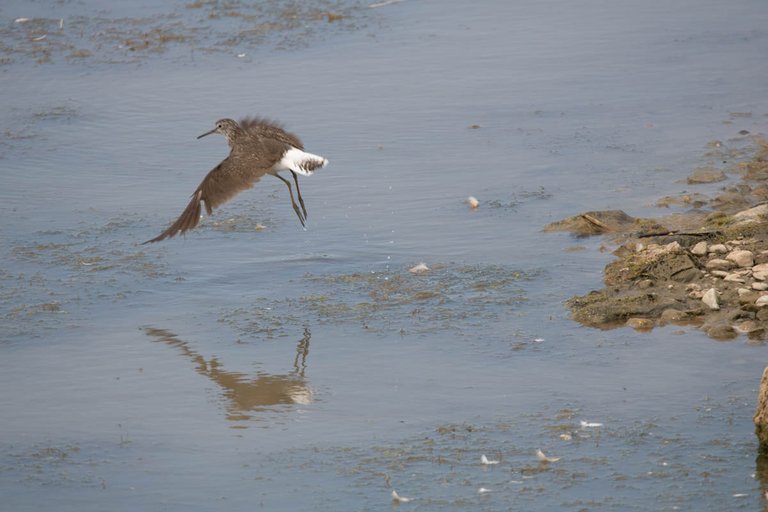
Hold up, whats this...?
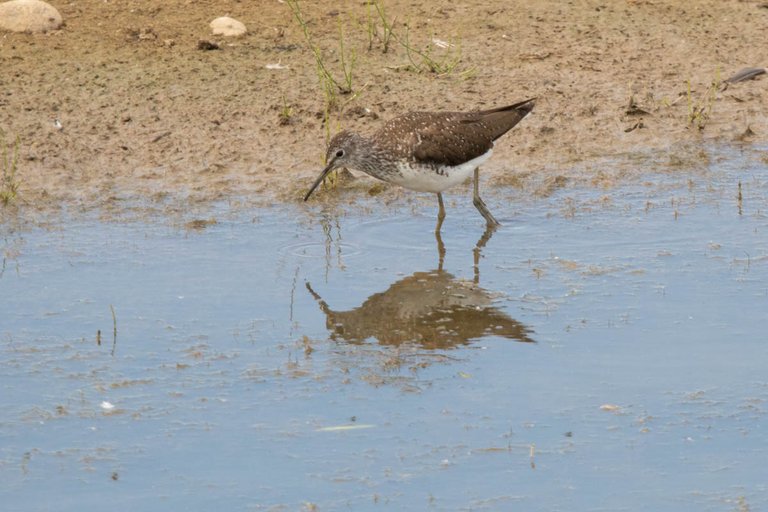
Green Sandpiper - Tringa ochropus
And just to prove the phrase - "you never know what will appear"!
Green Sandpipers are regular visitors to the UK, both migrating and overwintering, but this usually only happens in Autumn and Winter, it's very odd to see this individual here in Summer.
No matter why it's here, I've not seen this species before, so its a very welcome sight to see.
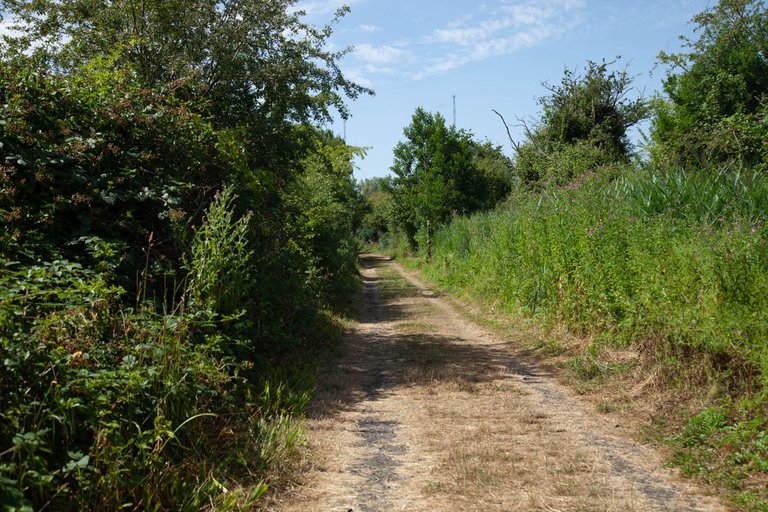
Its time to move on to the next hide...what else can we see?
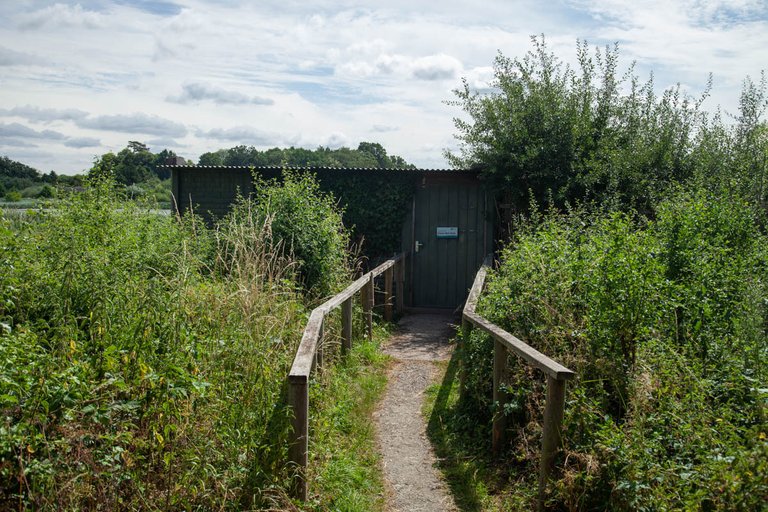
Water Rail Hide

...what else can I see?
Well, not much from this view!!
In fact, other than a very patient and willing Robin, there was nothing else seen from this hide
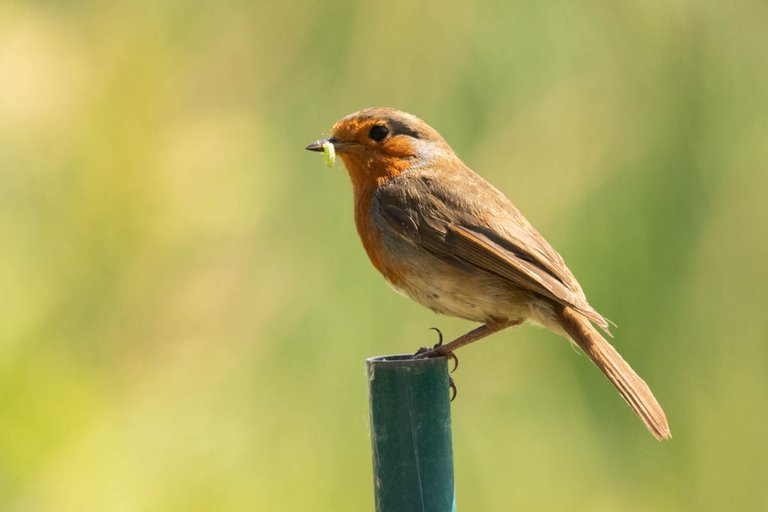
Robin - Erithacus rubecula, seen here with a caterpillar in it's moth ready to feed one of it's chicks.
With all 3 hides visited, with varying results, it was time to head to the 2nd part of the reserve. While heading back to the car park, I stumbled across several of these Damselflies flitting about in the sunshine
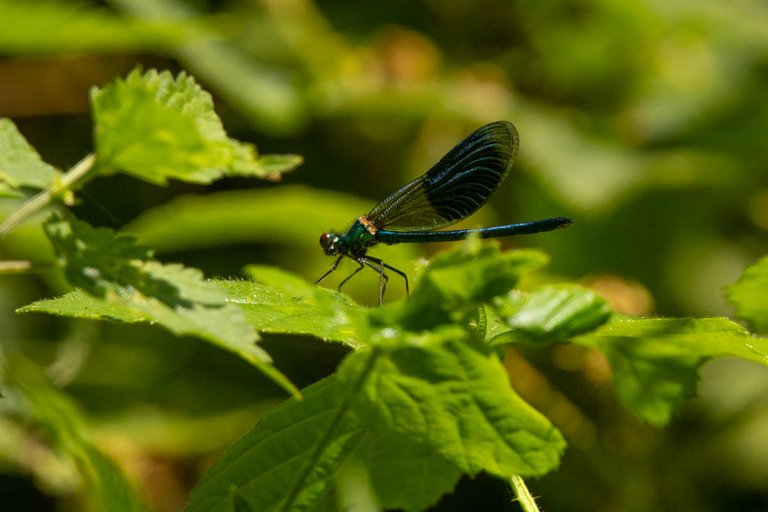
male Banded Demoiselle - Calopteryx splendens
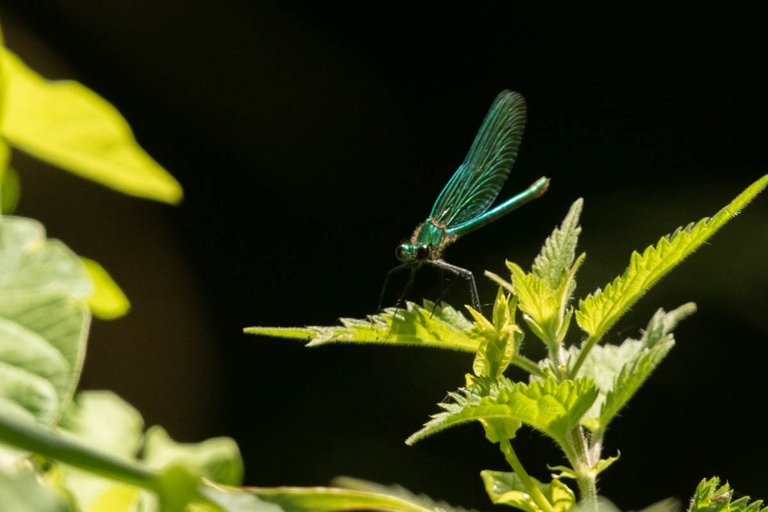
female Banded Demoiselle - Calopteryx splendens
These were another unexpected bonus, and completely unlooked for. The male is a deep metallic blue colour, and the female is an attractive emerald green. It was hard work trying to get close to these, but eventually I managed to get a mostly sharp, clear shot of each sex.
Back at the car, we paused to have lunch, and then we drove the 3 minutes down the road to get to the 2nd part of the reserve
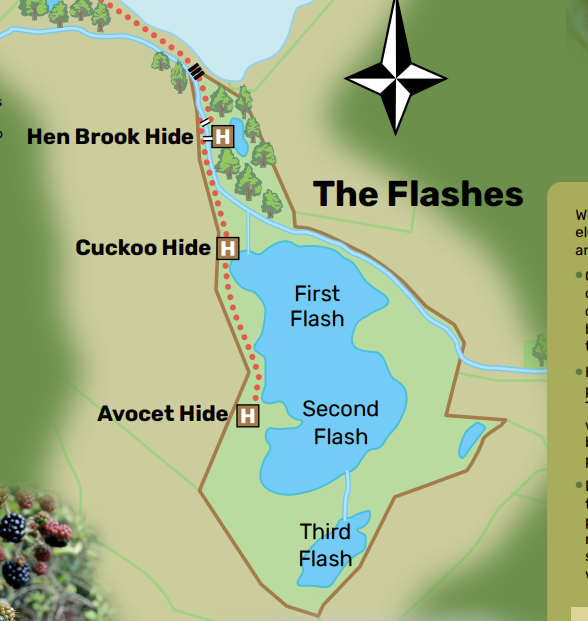
Part 2 - The Flashes
The Flashes is actually a Saltmarsh, which is unusual so far away from the coast
From the information leaflet for the Reserve:
The underlying salt deposit at The Flashes, Droitwich halite,
was formed around 200 million years ago. Subsequent
underground brine extraction caused subsidence and
flooding – the saline pools and saltmarsh were born. The
saltmarsh and the unusual collection of birds and other
wildlife that it supports has resulted in the nature reserve’s
designation as a Site of Special Scientific Interest.
(PDF source)
Well, well... that explains why this such a desirable habitat for all of these birds (especially the waders that would usually be seen on the coast)
There are 3 hides to look at here... lets go see what we can find!
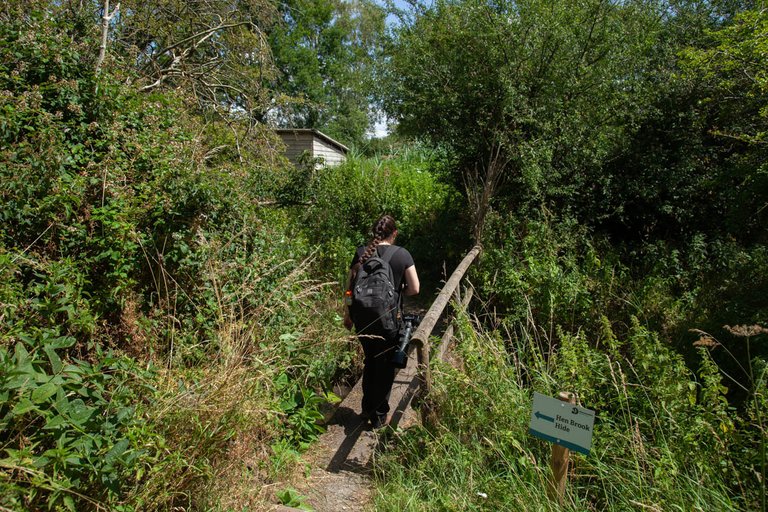
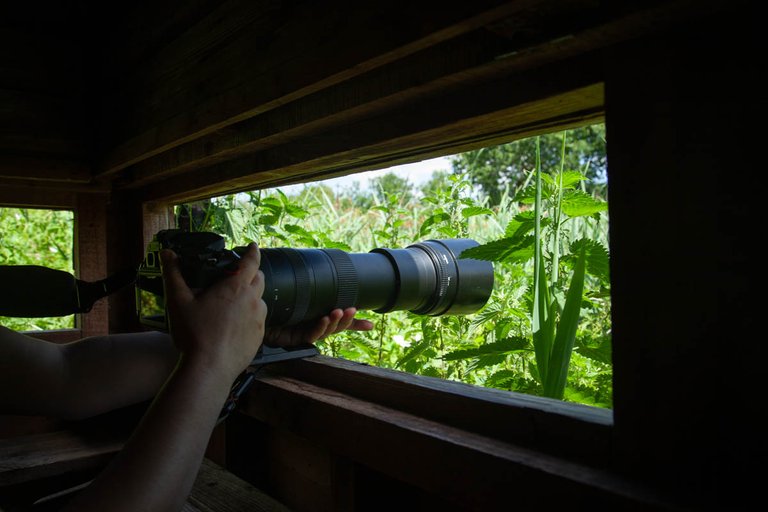
Oh...
Um...
Not much to see at this hide!
There is a note on the door, which apologizes for all the Reeds in front of the Hide windows. It states that the Reeds are cut back and managed for most of the year, but during the breeding season (i.e. now) it is left so that breeding birds are not disturbed...well, that makes sense I guess.
Onto the next hide!
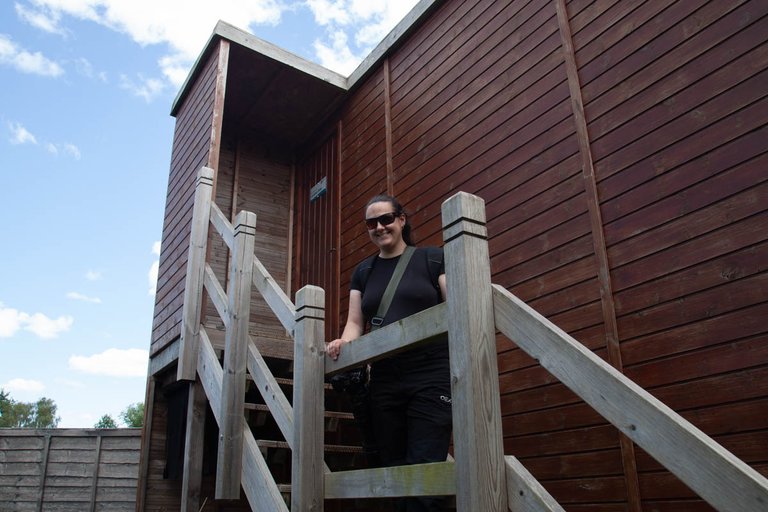
Cuckoo Hide - well at least this hide is a taller one!
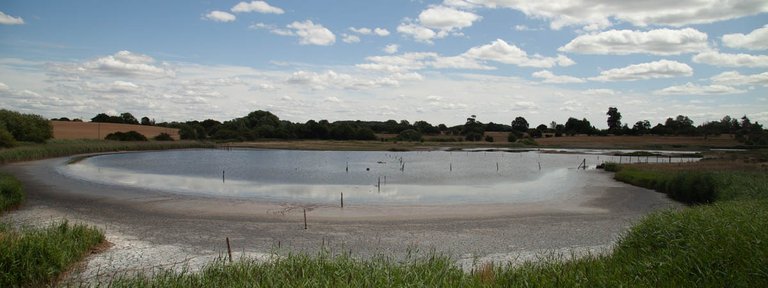
View across the Saltmarsh - it does look a little low, but after the dry Spring and the increasingly dry Summer, thats to be expected. As we entered the hide, an older chap who was leaving informed us that there were 2 Sandpipers here, but we couldn't see them
In fact we ignored the empty view in front of us, and looked out of the window to the left hand side.
My partner had spotted movement from small birds, flying back and forth from the reeds to the trees and bushes nearby
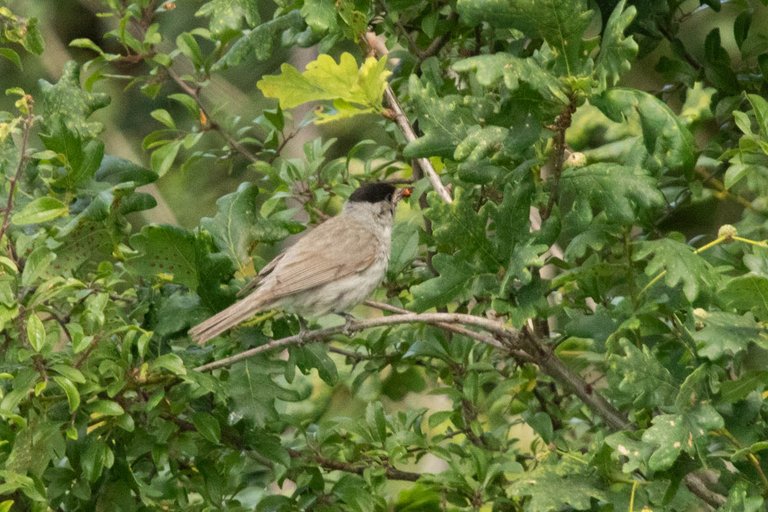
male Blackcap Sylvia atricapilla
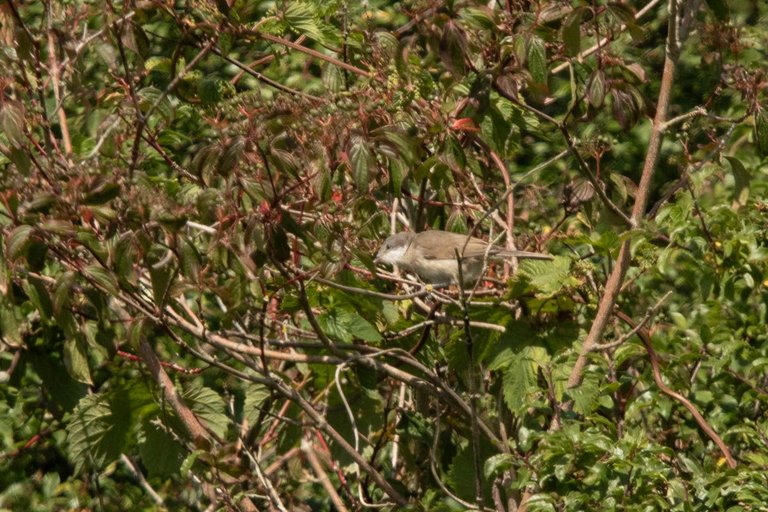
female Blackcap Sylvia atricapilla
Now they may be small, but both of these birds were exciting to me... the Blackcap is pretty common across most of the UK, all year round, and yet I've never managed a picture of one. I don't know if I'm unlucky, if they are secretive, or if they just don't exist in my home county
maybe its a combination of all three!
As you can tell from the pictures, the species is sexually dimorphic, the males have black 'caps' on their heads, whereas the females have a chestnut brown 'caps'.
I know the pictures aren't the sharpest, but I'm chuffed to have finally seen these, they are almost as exciting as the Green Sandpiper lol!
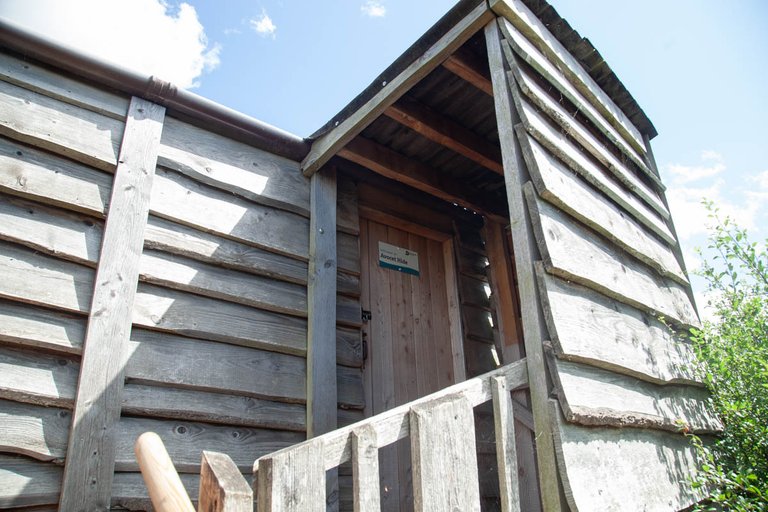
Time for the last hide of the day - the Avocet Hide
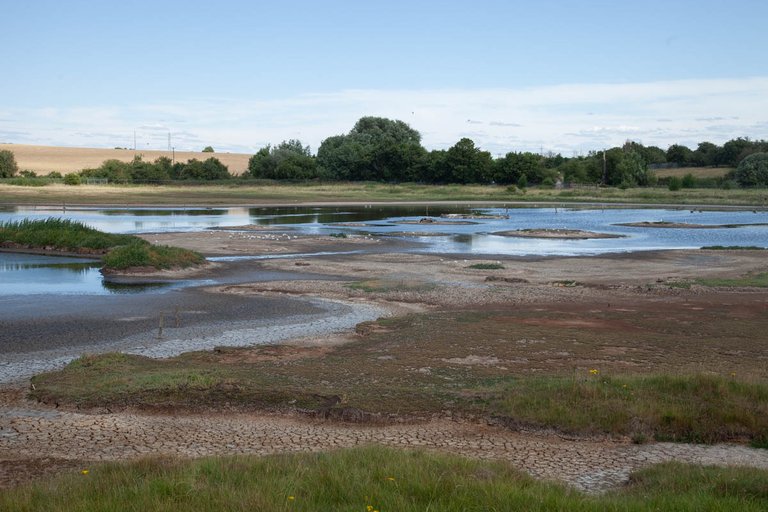
View from the hide - much more interesting compared to the previous hide
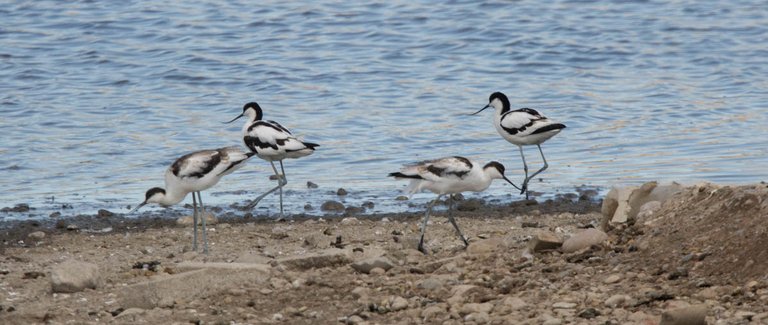
And the name of the hide was apt, there were lots of Avocets here
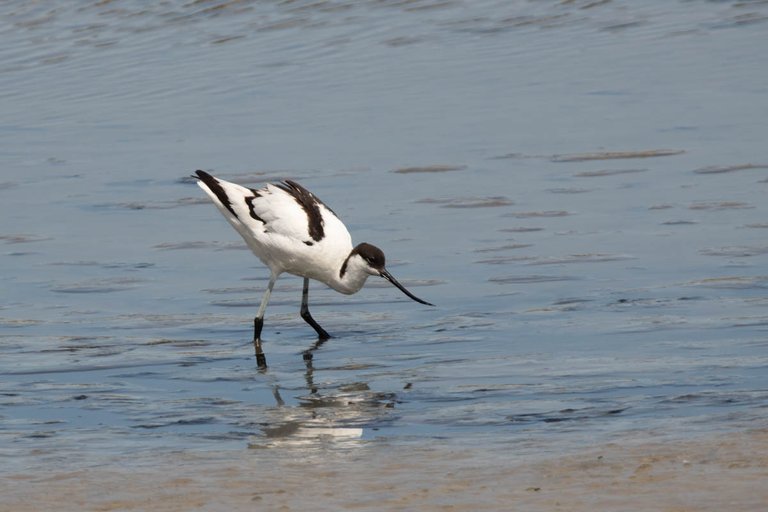
Avocet - Recurvirostra avosetta
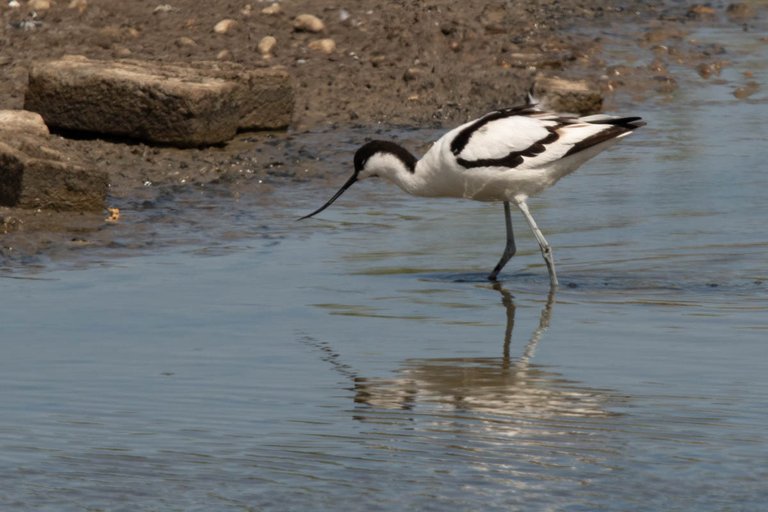
Avocet - Recurvirostra avosetta
These attractive birds are easily recognizable, white all over, with subtle black markings. They use that long up-curved beak to sift through the water to find invertebrates for food.

Green Sandpiper - Tringa ochropus
And here was another Green Sandpiper... this individual was much further away, hence not as a picture as the first one
It had been a productive day, but there was still time for one more interesting sighting
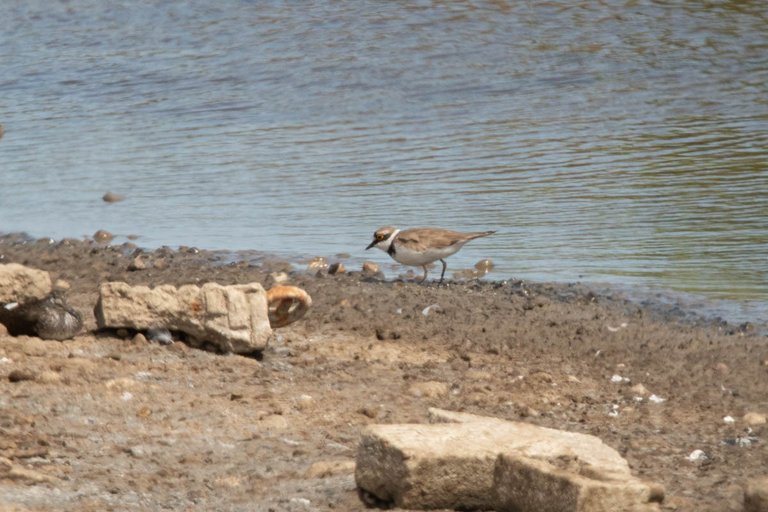
Ringed Plover - Charadrius hiaticula
Right in the distance, I spotted another, much more diminutive wader.
I've seen Ringed Plovers before, and I'm always surprised at how small they are. The next bird was even better though...
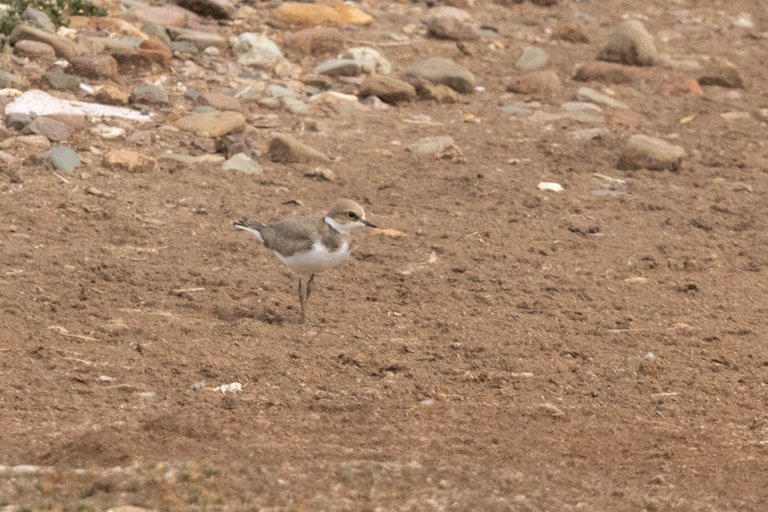
juvenile Ringed Plover - Charadrius hiaticula
Its a Ringed Plover chick! It has almost fully fledged byt his point, and you can see they look very similar in size and shape to the adults. There's just a hint of difference in colours, as the chick has not developed the adult plumage just yet.
And on that high note, it was time to call it a day and head back to the hotel room. As I mentioned at the beginning, these type of places can have variable results, but I think on the whole today has been a winner, with lots of interesting stuff seen.
Tomorrow, we will be heading back to the Wyre Forest for some more butterfly hunting, hopefully it will be an easier day than the first one!

If you have any thoughts or opinions on this article then I'd love to see your comments.
And if you really like the content then maybe you would like to upvote or re-hive it.

Check out my website for more of my work.

Click HERE if you wish to join the new Holozing blockchain game!

Some nice sightings there. I've been to some reserves where I didn't see much at all. I need to learn my birds better so I know what I'm seeing. I saw loads of magpies by the motorway feeding on roadkill yesterday :)
!BEER
It can be variable depending on the season/weather or even the time of day.
The trick is just to sit and wait, and eventually something interesting will appear. We often sit in a hide for 60-90 minutes... other visitors come in for 10 minutes and leave saying its boring, but we give it plenty of time to see what can happen
Cool picture of the iridescence of the magpie! I didn't know they were other than black and white.
It surprises a lot of people haha... I'm sure its the same with your American version of the magpie...you can often see a hint of dark blue in the tail feathers, but in strong sunlight and the right angle it becomes a much brighter shiny blue/green
image source from wikipedia - https://en.wikipedia.org/wiki/Black-billed_magpie
The pictures of the birds are carefully taken with precision, great work you are doing here
Lol, thank you for the kind words :-)
Some of these pictures were carefully crafted and created, for many others, it was a case of crossing my fingers and hoping for the best!
Your post is curated and upvoted by the Photo-Essay Community @hive-14396 .
Home of the Photo essay Contests .
🎉🎉🥳 Congratulations 🥳🎊🎊
Your post has just been curated and upvoted by Ecency
keep up the good work
Join us on the Ecency Discord